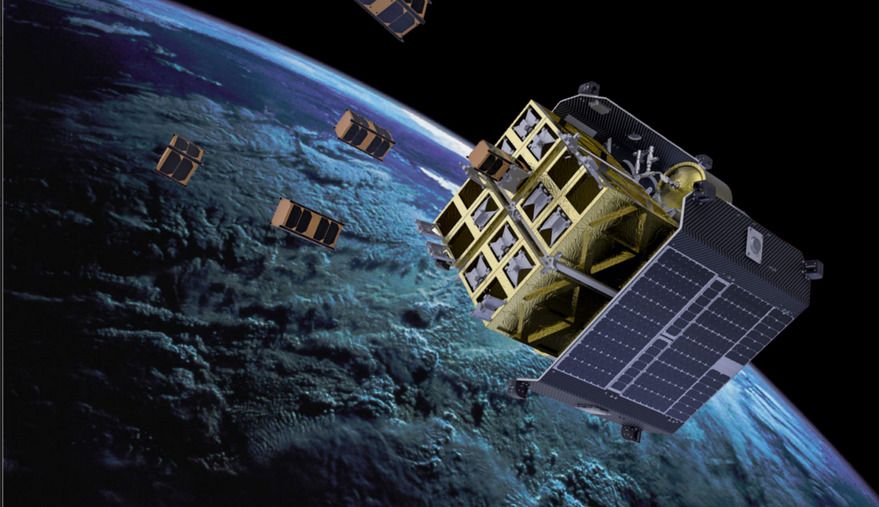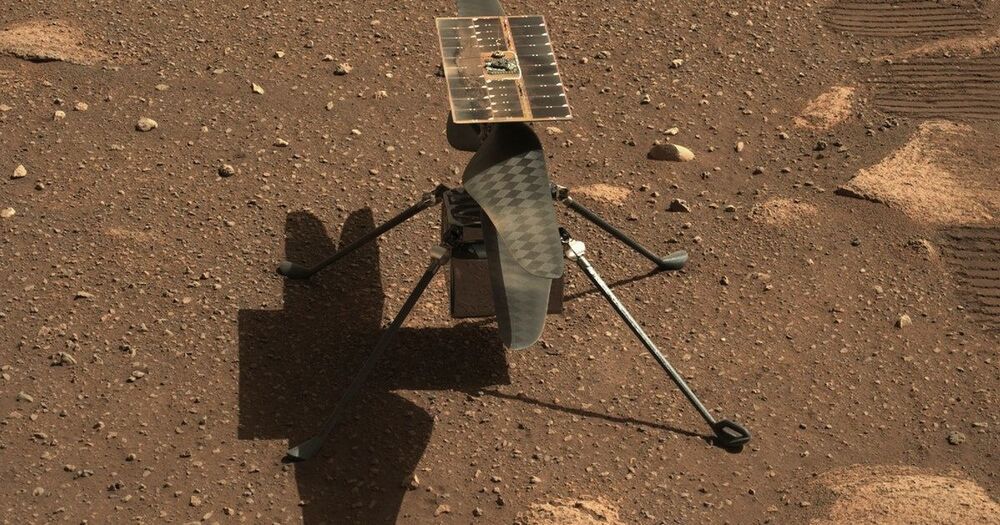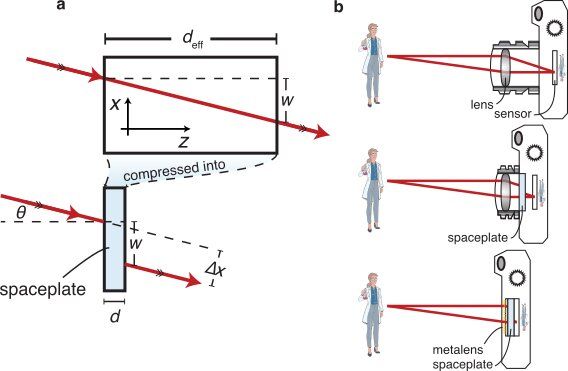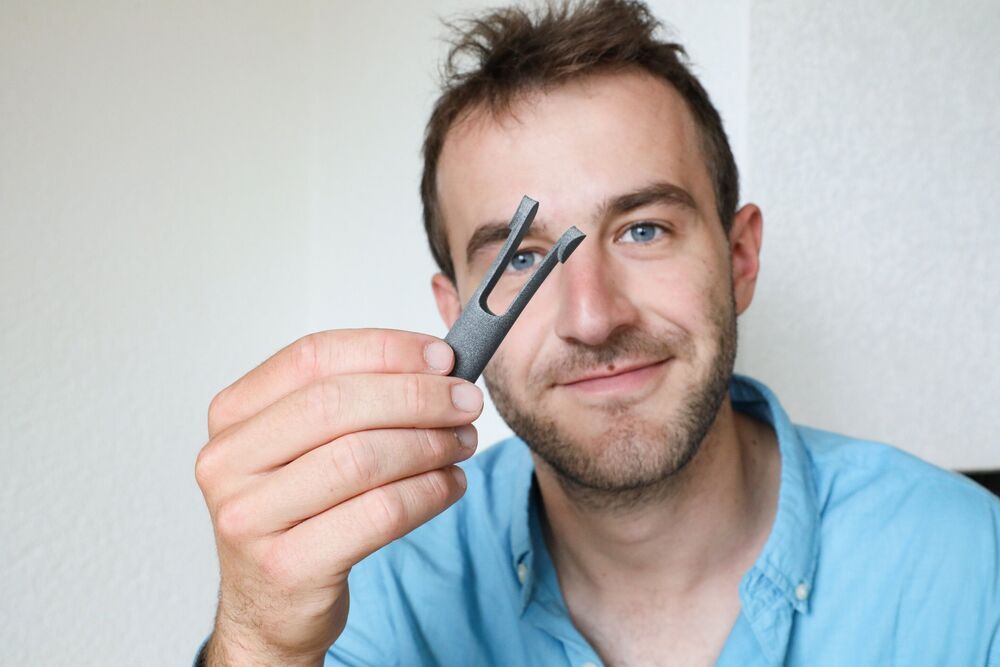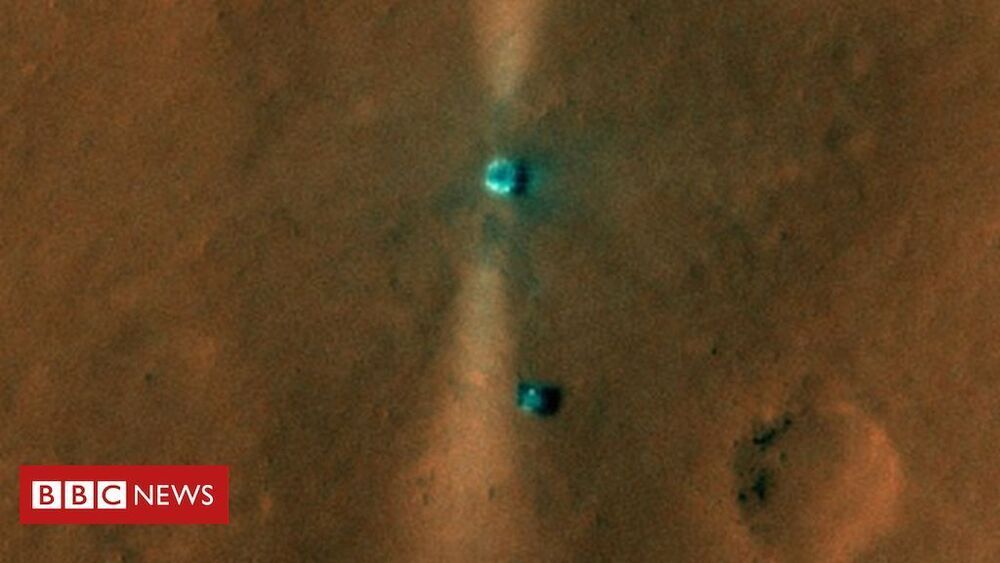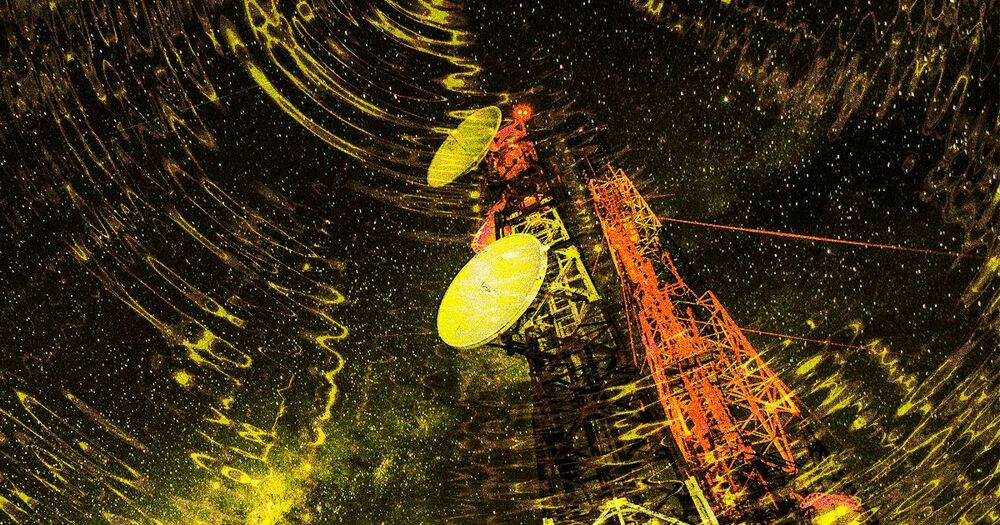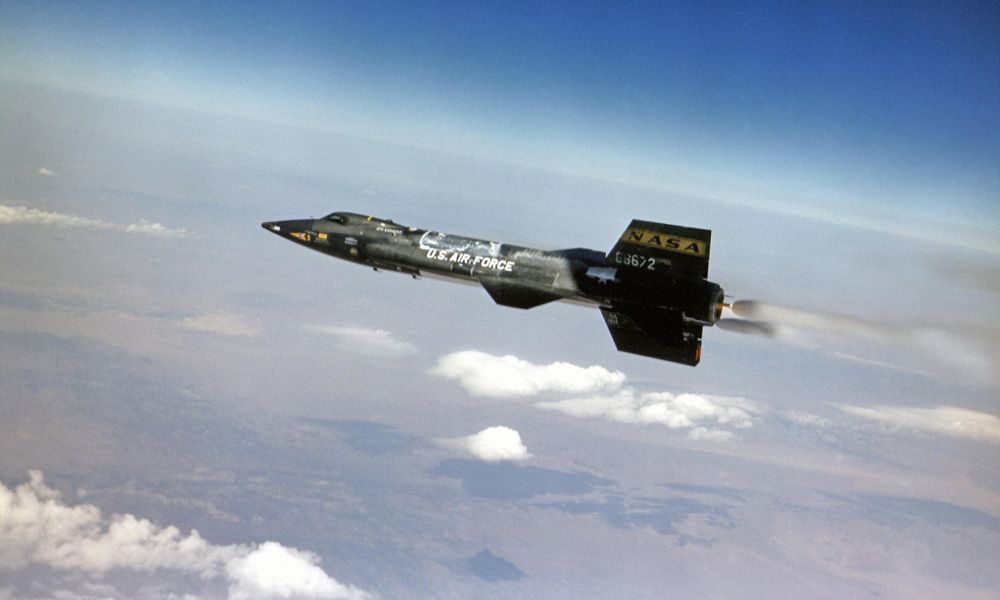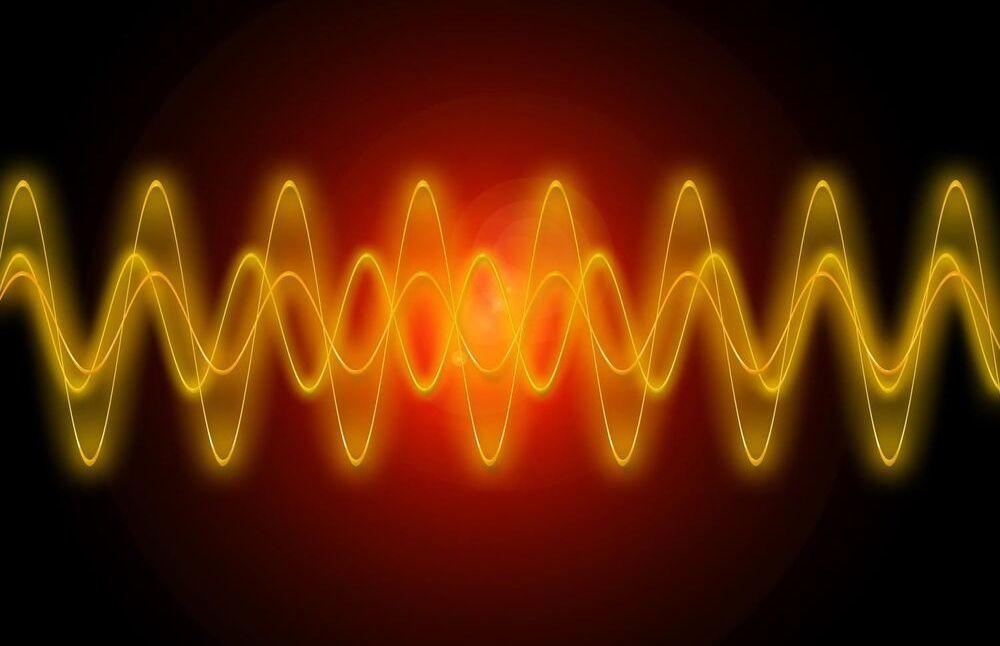
Imagine you’re a fisherman living by a lake with a rowboat. Every day, you row out on the calm waters and life is good. But then your family grows, and you need more fish, so you go to the nearby river. Then, you realize you go farther and faster on the river. You can’t take your little rowboat out there—it’s not built for those currents. So, you learn everything you can about how rivers work and build a better boat. Life is good again…until you realize you need to go farther still, out on the ocean. But ocean rules are nothing like river rules. Now you have to learn how ocean currents work, and then design something even more advanced that can handle that new space.
Communication frequencies are just like those water currents. And the boats are just like the tools we build to communicate. The challenge is twofold: learning enough about the nature of each frequency and then engineering novel devices that will work within them. In a recent paper published in Proceedings of the IEEE, the flagship publication of the largest engineering society in the world, one USC Viterbi School of Engineering researcher has done just that for the next generation of cellular networks—6G.
Andy Molisch, professor of electrical and computer engineering at USC Viterbi and the holder of the Solomon Golomb—Andrew and Erna Viterbi Chair, together with colleagues from Lund University in Sweden, New Zealand Telecom, and King’s College London, explained that we have more options for communications at 6G frequency than previously thought. Think of it as something like early explorers suddenly discovering the gulf stream.
